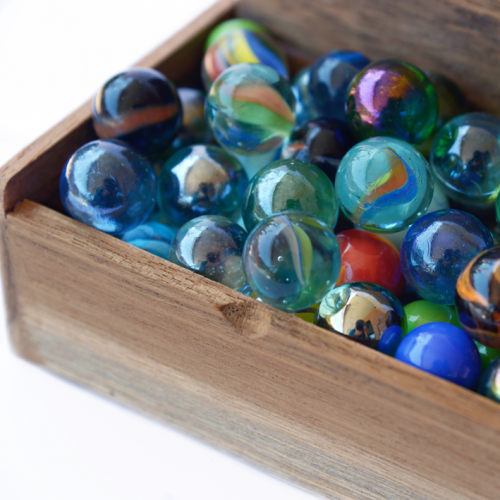The Number Patterns and Infinity pathway on wild.maths.org invites students to explain patterns, explore their underlying structure, and make sense of infinity...
The collection of related NRICH tasks below are ideal for teachers who want to promote creativity in the classroom. They are designed for classroom use, with accompanying Teachers' Notes and Resources.
Frogs
How many moves does it take to swap over some red and blue frogs? Do you have a method?
Number pyramids
Try entering different sets of numbers in the number pyramids. How does the total at the top change?
Crossed ends
Crosses can be drawn on number grids of various sizes. What do you notice when you add opposite ends?
Odds, evens and more evens
Alison, Bernard and Charlie have been exploring sequences of odd and even numbers, which raise some intriguing questions...
Magic letters
Charlie has made a Magic V. Can you use his example to make some more? And how about Magic Ls, Ns and Ws?
Summing consecutive numbers
15 = 7 + 8 and 10 = 1 + 2 + 3 + 4. Can you say which numbers can be expressed as the sum of two or more consecutive integers?

Marbles in a box
How many winning lines can you make in a three-dimensional version of noughts and crosses?
Route to infinity
Can you describe this route to infinity? Where will the arrows take you next?
Triangle numbers
Take a look at the multiplication square. The first eleven triangle numbers have been identified. Can you see a pattern? Does the pattern continue?
Tower of Hanoi
The Tower of Hanoi is an ancient mathematical challenge. Working on the building blocks may help you to explain the patterns you notice.
Always a multiple?
Think of a two digit number, reverse the digits, and add the numbers together. Something special happens...
Where can we visit?
Charlie and Abi put a counter on 42. They wondered if they could visit all the other numbers on their 1-100 board, moving the counter using just these two operations: x2 and -5. What do you think?
Differences
Can you guarantee that, for any three numbers you choose, the product of their differences will always be an even number?
Pair products
Choose four consecutive whole numbers. Multiply the first and last numbers together. Multiply the middle pair together. What do you notice?
Steel cables
Some students have been working out the number of strands needed for different sizes of cable. Can you make sense of their solutions?
Attractive tablecloths
Charlie likes tablecloths that use as many colours as possible, but insists that his tablecloths have some symmetry. Can you work out how many colours he needs for different tablecloth designs?
Painted cube
Imagine a large cube made from small red cubes being dropped into a pot of yellow paint. How many of the small cubes will have yellow paint on their faces?
Mystic rose
Use the animation to help you work out how many lines are needed to draw mystic roses of different sizes.
